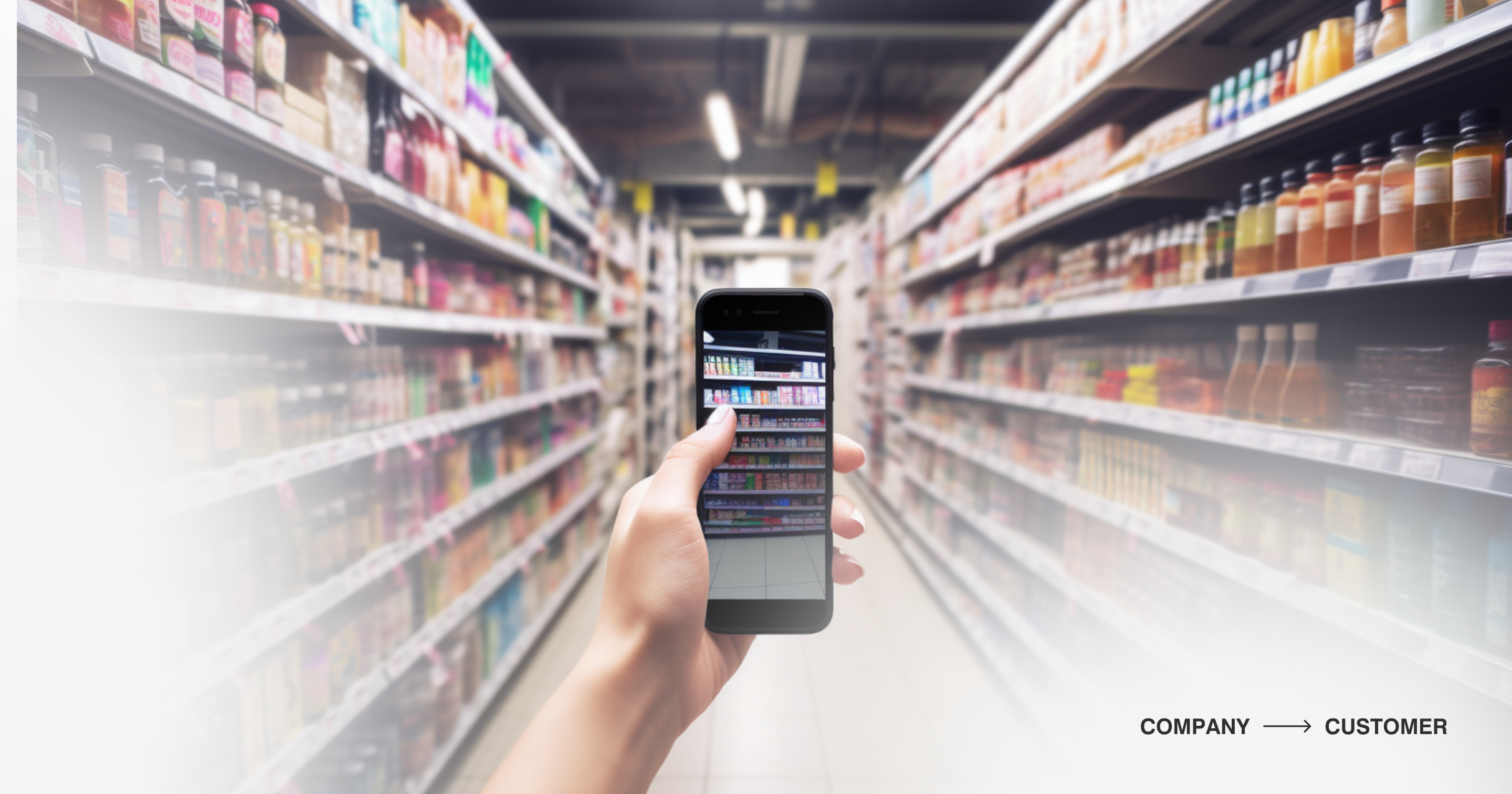Adjusting to the grocery evolution
The grocery sector is going through some significant shifts. Changes in technology, environmental concerns, and what customers expect are all mixing to shake up the traditional grocery store model. We used to see grocery stores as places where a conventional suburban family could get everything they needed in one trip, but that idea is becoming outdated. Nowadays, the scene is shifting to cater to a broader range of lifestyles and family setups. This means grocery stores need to be more flexible in how they operate and the kinds of skills their employees have.
For this transformation to be successful, grocery stores have to meet today’s needs without losing sight of what made grocery shopping convenient in the first place. This could mean incorporating self-service vertical farms, reducing the display of staple items to streamline shopping (so customers can add them directly to their carts for pickup at checkout), and prioritizing the display of fresh and deli items that customers prefer to see and sample. The idea is to improve the shopping experience by using technology and smart layout designs.
Need for adaptation
Why does this evolution in the grocery sector matter so much? For starters, it compels grocery retailers to overhaul their talent strategies significantly. Upskilling, reskilling, and employee engagement are becoming more cost-effective and sustainable long-term investments than traditional hiring and layoff cycles. The future of grocery hinges on digital proficiency, adaptability, leadership, and problem-solving, which are skills traditionally associated more with the tech industry than supermarkets.
Furthermore, as digital-native Gen Z and Millennials become predominant in the market, convenience has started to outweigh the store's location in their shopping priorities. With the global grocery market on the verge of expanding, it’s more important than ever to understand and cater to the omnichannel shopper. Yet, despite a clear consumer preference for personalized shopping experiences, there is still a disconnect between expectations and retail execution, with only a small fraction of grocers managing to personalize most of the shopper journey.
Strategies for a brighter future
The challenge is to pivot from a macro to a micro approach—utilizing advanced data analytics to understand and cater to individual customer needs more effectively and personally. And with product offerings more closely aligned with consumer demands, grocers can expect enhanced customer satisfaction and operational efficiency. But how can grocers make this shift? Here are a few strategies:
1 Transform workforce training
As grocery stores evolve into multifunctional spaces, the need for specialized skills increases. Training programs should be revamped to prepare employees for a wider range of roles, from managing in-store vertical farms to providing customer tech support. As a result, staff can handle diverse tasks, increasing service quality and operational efficiency.
2 Look into other industries for inspiration
Grocers may transform into food producers in the future due to innovations like vertical farming. As health continues to be a top priority for consumers, partnerships between grocers and healthcare providers could also see supermarkets evolving into wellness hubs.
3 Keep it local and convenient
Integrate farm-to-table concepts like Swegreen's partnership with Coop to enhance sustainability, build consumer trust through transparency, and improve convenience. This local focus should extend to how consumers receive their products. Offer various delivery and pickup options, such as home delivery, curbside pickup, locker or kiosk pickups, to cater to modern shopping preferences.
3 Simplify the shopping experience
Instead of overwhelming customers with endless options, focus on providing the right ones that enhance their shopping experience. For example, Walmart's mobile app allows shoppers to access personalized discounts, create shopping lists, and choose delivery or pickup times that suit them best. This streamlined interaction connects various shopping channels, significantly reducing in-store time and effort. This strategy led to a 98% increase in mobile orders for Walmart and a 20% boost in conversions.

For more insights and detailed strategies on enhancing the employee experience with digital communication technology, visit relesys.net.




